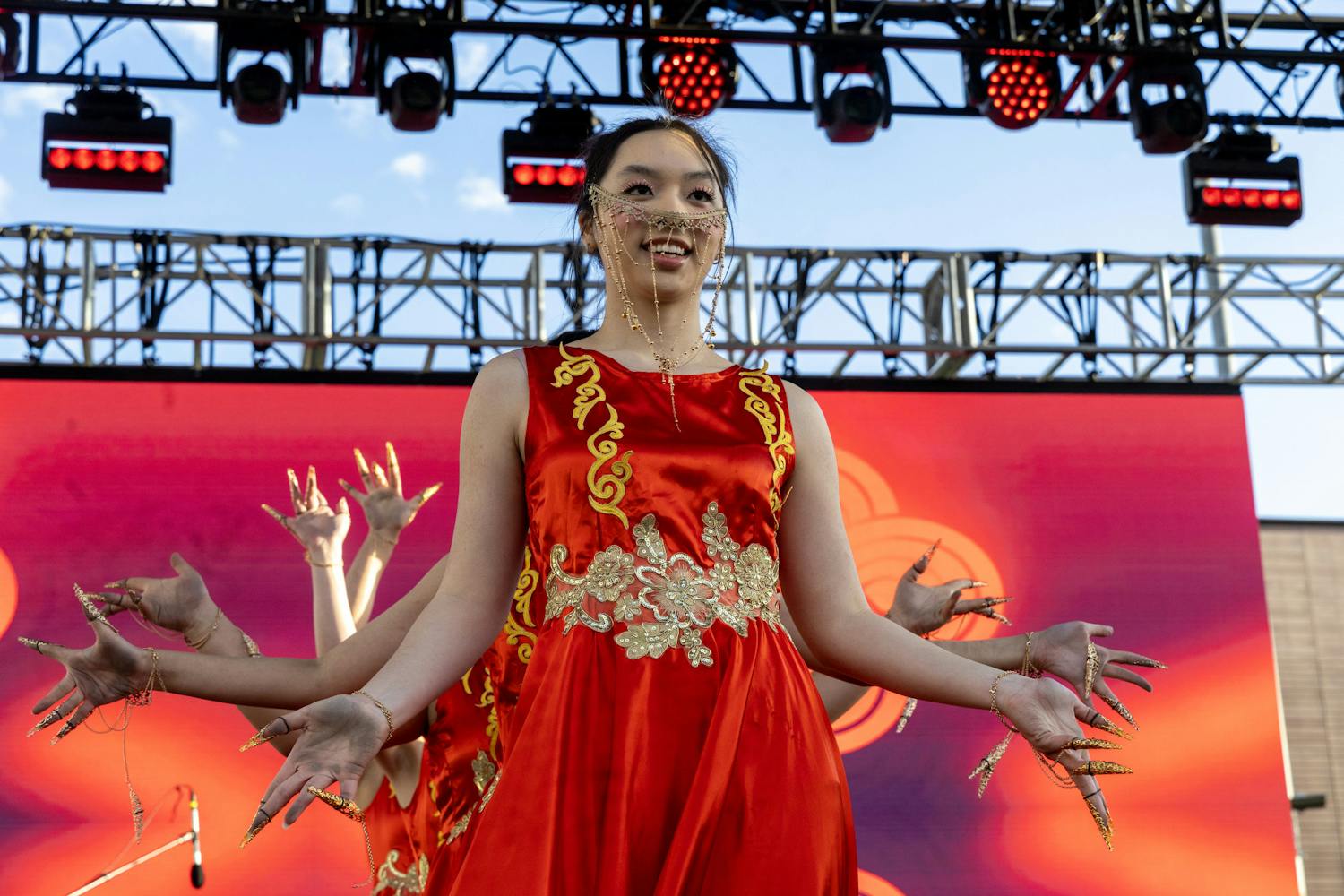Spearheaded by a chubby, brick-breaking plumber named Mario in the 1980s, the Japanese company Nintendo burst out of the video game starting gates and maintained favor through the ‘90s.
It was not until this current generation of consoles — the Wii, the Xbox 360 and the PlayStation 3 — that fans began to revoke their bets for Nintendo in the video game industry race.
Games for the Wii are created by either non-Nintendo companies, known as third-party, or Nintendo itself, often known as first-party. With mediocre third-party support, poorly planned first-party development, and subpar technology, Nintendo’s Wii era can only be defined as the time Microsoft and Sony finally caught up to Nintendo – if not in sales, then in consumer loyalty.
Loyalty is largely amassed by a console’s quality of games. In this case, companies that are not owned by Nintendo produce third-party games. They are crucial to a system’s success as they reveal how valuable a console is deemed to be by independent producers. Nintendo produces first-party games; the recognizable Mario and Zelda mascots are first-party creations.
While Nintendo kept certain franchises such as Mario and The Legend of Zelda strong during the Wii era, it sacrificed much of its dedicated fans in its attempt to reach the casual gamer. On the Nintendo website, the company states that the Wii is “social and active entertainment that brings the whole family together.”
The results were painful for Nintendo devotees this generation. Lackluster first-party development left the Kirby franchise laughably childish, Animal Crossing stale, Metroid split between two developers, and Pikmin, Star Fox, F-Zero and Chibi-Robo missing in action.
Third-party development was even worse as the Wii’s inferior technology shirked Nintendo fans of blockbuster hits such as Assassin’s Creed and Mass Effect series.
Nintendo’s redemption relies on the WiiU. Although information on Nintendo’s brand-new gaming console was first released last year at the E3 Conference, enough news was revealed this summer to give the young company a final hope.
The promisingly innovative WiiU console utilizes a comfortable tablet-like controller — not wholly unlike an iPad — with joysticks and buttons. The touch screen gives gaming a new edge with portable play possibility. Nintendo embraces its core fans once again by fixing its previous development drought with confirmation of brand new Pikmin, Super Smash Bros and Mario games.
As for technical specifications, WiiU supports 1080p resolution — making it graphically stronger than the 720p offered by the Xbox 360 and the PS3. This means that Nintendo’s shelves will no longer house heaps of party games; third-party developers are bringing popular games such as The Assassin’s Creed and "Batman: Arkham City" among others to the system once and for all. Perhaps one of the most intriguing games announced is "ZombieU," which pits ordinary citizens in the face of a terrifyingly realistic zombie apocalypse with one objective: survive.
The WiiU conference will be held on Sept. 13, suggesting that preorders for the new console will begin in September and released later this year.
The success of the WiiU means everything for Nintendo. So far, with the console’s graphical quality, developmental support and innovative appeal, it seems that die-hard gamers will finally be rewarded for their patience.
Then again, if Nintendo fails to deliver, it will be too far behind to catch up to its competition.
Reach the reporter at jeremy.conigliari@asu.edu



